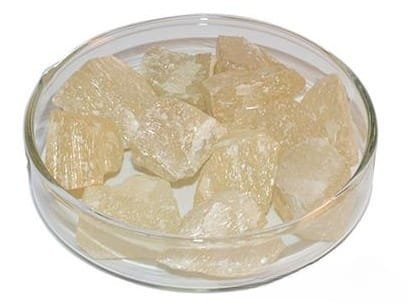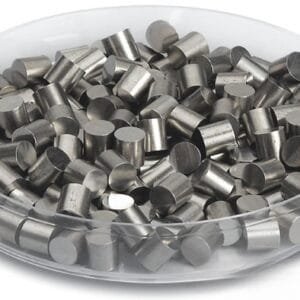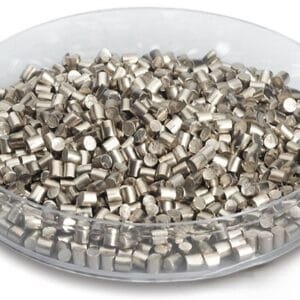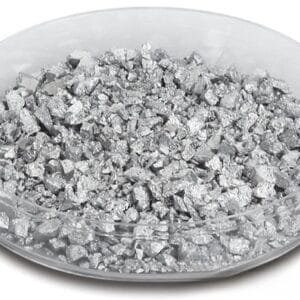Zinc Sulfide Evaporation Materials Overview
Zinc sulfide evaporation material is known for its high hardness and brittleness, with no specific melting point under normal pressure. It exhibits stable performance under standard temperature and pressure conditions, making it ideal for various applications. Zinc sulfide is insoluble in alkaline solutions or water, but it is slightly soluble in hydrochloric acid and readily dissolves in concentrated sulfuric and nitric acids. When exposed to humid air, it oxidizes slowly to zinc sulfate, while in dry air, it remains stable. High-purity zinc sulfide evaporation materials are crucial for deposition processes, enabling the production of high-quality thin films. TFM ensures exceptional product reliability, with purities reaching up to 99.9995%.
Zinc Sulfide Evaporation Materials Specifications
| Chemical Formula | ZnS |
|---|---|
| Purity | 99.9% – 99.999% (3N-5N) |
| Appearance | Granules or Tablets |
| Melting Point | 1100°C |
| Formula Weight | 97.4 |
| Size | 3-5 mm or customized |
| Color | Faint Yellow |
Applications of Zinc Sulfide Evaporation Materials
Zinc sulfide (ZnS) evaporation materials are commonly used in a range of specialized applications, including:
- Optical coating targets
- X-ray screens
- Luminescent watch dials (by adding traces of radium or neodymium salts)
Packaging and Quality Control
TFM ensures that zinc sulfide evaporation materials are packaged with care, using plastic vacuum bags to prevent any damage during storage and transportation. The Certificate of Analysis (COA) for the raw materials is also included with each package, verifying the product’s quality and composition.
Contact TFM for Custom Solutions
TFM offers high-purity zinc sulfide evaporation materials, tailored for applications such as semiconductors, chemical vapor deposition (CVD), physical vapor deposition (PVD), and optical displays. Our dedicated engineering and manufacturing teams work together to deliver top-tier evaporation materials. For custom orders or to request a quote, contact TFM today.


 MSDS File
MSDS File



Reviews
There are no reviews yet.